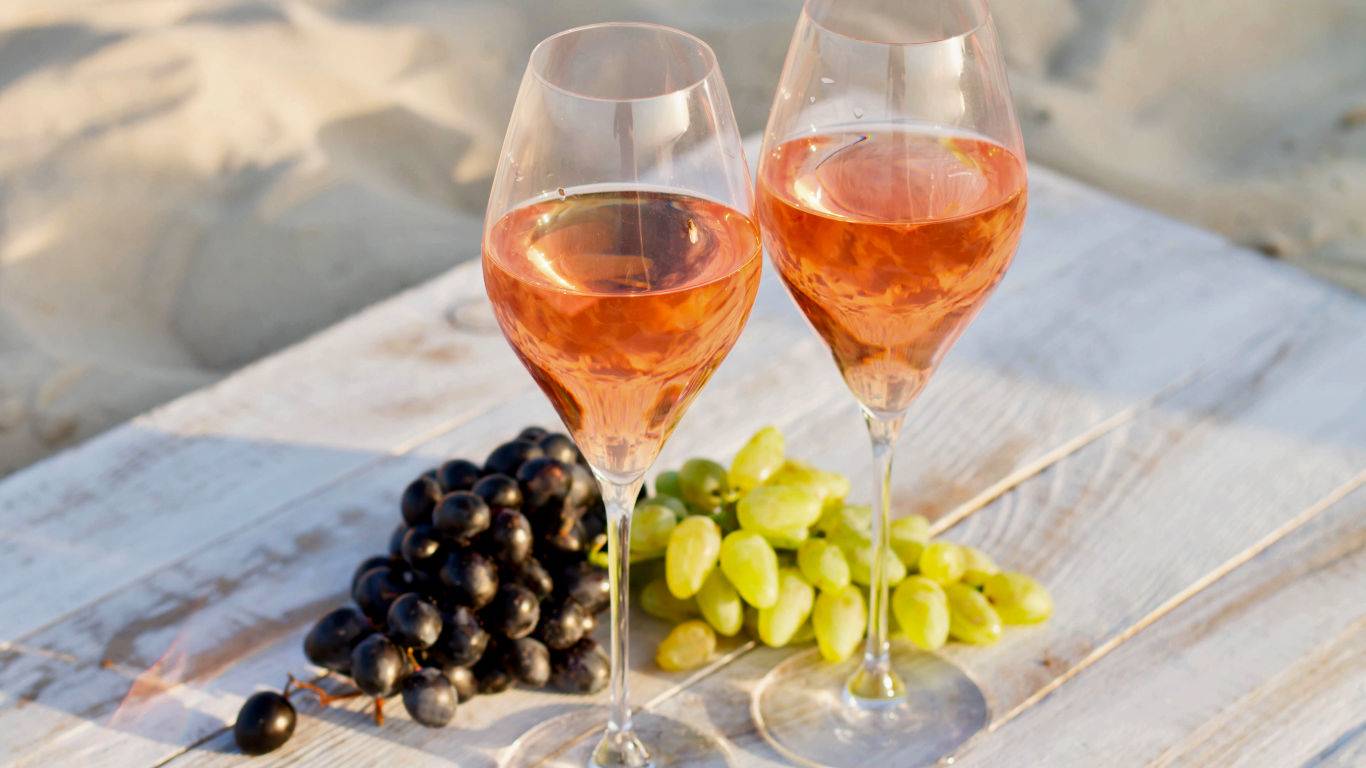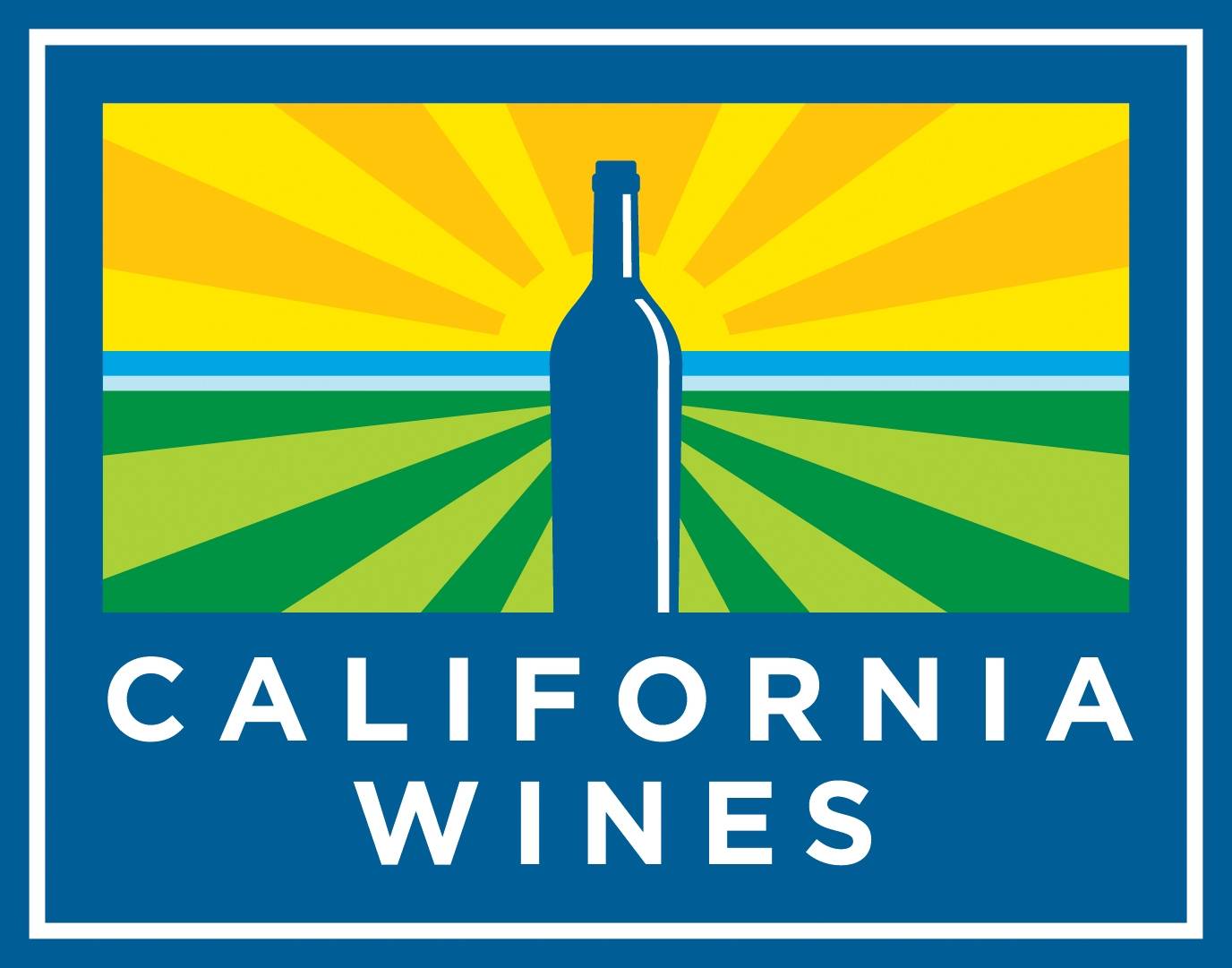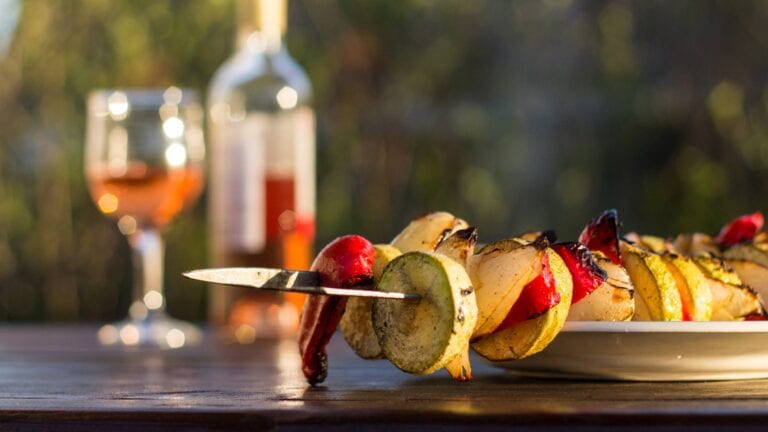We’ve teamed up this month with the Wine Institute of California as we decided it was time to celebrate the Golden State and its wine wares. We have a growing Californian range of great wines that come in all shapes and sizes. Have a read below for an overview of California and keep your eyes peeled for a VW exclusive offer!
Why Californian wine production looks the way it does…
Grape cultivation for wine in California first emerged in 1770 thanks to the planting of the Mission grape variety by Franciscan missionaries. A relatively unknown variety these days (although does still exist in tiny numbers), this was the sole vine variety for wine in California for a good 80-odd years thereafter.
The mid 1800s saw big changes in California. Firstly, the US annexation of California Alta and the Gold Rush in 1847 and 1849 respectively were both responsible for an increase in population and commercialism. Then when Phylloxera decimated Europe’s vineyards in the last quarter of the century, Phylloxera-free California as a wine producer found itself at the receiving end of huge investment.
The University of California played an important role at this stage. You may think having a distinct lack of age-old winemaking traditions (like Europe) would be a huge disadvantage, but up-to-date research carried out by the university allowed for the ideal vine varieties to be planted in their most suitable microclimates.
The region flourished and almost became a victim of its own success in the early 20th century when it became overplanted and producers struggled to sell their wares at a higher price than their costs. And then came the nail in the coffin – Prohibition – from 1920 to 1933. At that point, Napa, Sonoma and Central Valley were well enough established to muddle through, but the rest of the state’s producers really did hit on hard times.
But again, in came the investors, towards the end of the century, although mainly in Napa and Sonoma this time, having come out of the early part of the 1900s in better shape than their neighbours. However, during the state’s huge expansion in the late 90s (thanks to the digital boom), investors found their money to go much further in the non-Napa/Sonoma states.
At the turn of the millennium, the USA was quite an educated and engaged consumer. As a result, the focus turned to quality and nowadays the Golden State is the producer of some of the world’s best wines, despite being hugely prolific too – 4th largest wine producer in the world after France, Italy and Spain!

California Today
As mentioned above, California has benefitted from huge research and can now boast over 110 vine varieties, all perfectly suited to their surroundings. Have a look below at a handful of those varieties that California nurtures so well.
Zinfandel
Bold and rambunctious, Zinfandel can take your palate on an odyssey of flavour, from raspberry to black pepper, cloves and liquorice. One of our oldest and most revered vines, we’re proud to call Zinfandel our signature grape.
On the table:
Try Zinfandel with barbecued free-range beef, lamb, pork, chicken or spicy sausage.
Shiraz
This noble red grape produces bold, complex and long-lived wines. Smooth yet rich with concentrated dark fruit flavours and hints of black pepper and smoke, it’s easy to see why Syrah enjoys such popularity.
On the table:
Try Syrah with robust, hearty foods—from black bean chilli with pork, to buffalo sliders or rich beef stews.

Malbec
Deep red with flavours of blackberry, pepper and plum, this traditional grape often makes its way into California’s Meritage-style blends. But Malbec lovers will tell you that it’s just as tasty on its own.
On the table:
Try Malbec with classic rack of lamb, beef fajitas, and roasted root vegetables.
Pinot Noir
Pinot Noir’s juicy cherry flavours and floral notes complement hints of earth and leather for a wine that is at turns delicate, rich, silky, subtle – and always intriguing. A cool-climate grape, it does exceptionally well in our breezy coastal regions.
On the table:
Try Pinot Noir with wood-smoked bacon, roast leg of veal or grilled wild salmon.
Cabernet Sauvignon
With its firm, focused structure, lingering dark fruit (blackberry, blueberry, black currant), and hints of mocha and earth, Cabernet Sauvignon’s concentrated flavours mellow into a rich elegance as it ages. It’s easy to see why this noble varietal is the bestselling red in the United States, and number two in California acreage.
On the table:
Try Cabernet Sauvignon with grass-fed beef, whether grilled, roasted, braised or stir-fried.
Rosé
The red berry flavours of rosé are especially refreshing on cool autumn evenings and hot summer days. This wine style ranges in flavour from delicate, refined and dry to bright and sweet with a hint of creaminess.
On the table:
Try California rosé with everything from spicy sauces to crisp, light salads.

Sauvignon Blanc
Always crisp and refreshing, California vintners like to put their own spin on this classic varietal, with flavours that range from vibrant lemongrass and herb to tart green apple, round melon and fig.
On the table:
Try Sauvignon Blanc with wild mushroom soup, grilled red snapper, or asparagus – especially sautéed in garlic.
Chardonnay
From unoaked and fruit-forward with hints of minerality to rich and toasty with vanilla and butter, the spectrum of flavours and aromas in California Chardonnay is as broad as the microclimates where the grape is grown. Chardonnay is the state’s most widely planted grape.
On the table:
Try Chardonnay with white fish, shellfish and free-range chicken – especially with creamy, buttery sauces.
Pinot Gris (aka Pinot Grigio)
With its crisp stone fruit and bright citrus flavours, California Pinot Gris (a.k.a. Pinot Grigio) adds a refreshing verve to most any light meal. The grape itself has a pinkish-grey skin, hence the name gris (French for grey).
On the table:
Try Pinot Gris with pasta with a fresh tomato-based sauce, or spicy noodles with shrimp.






